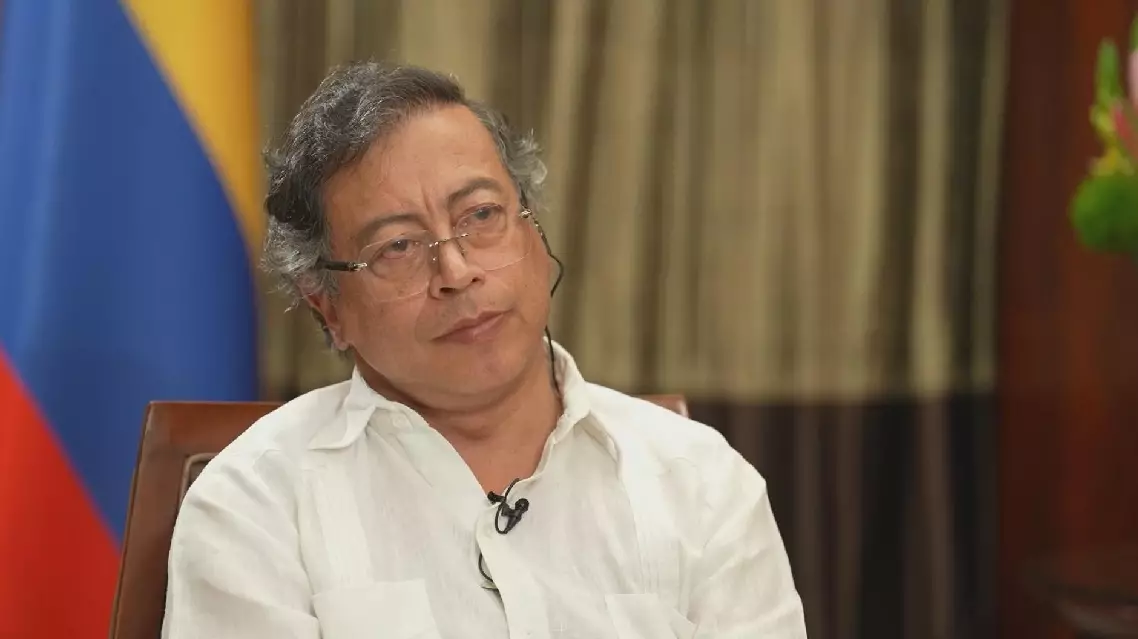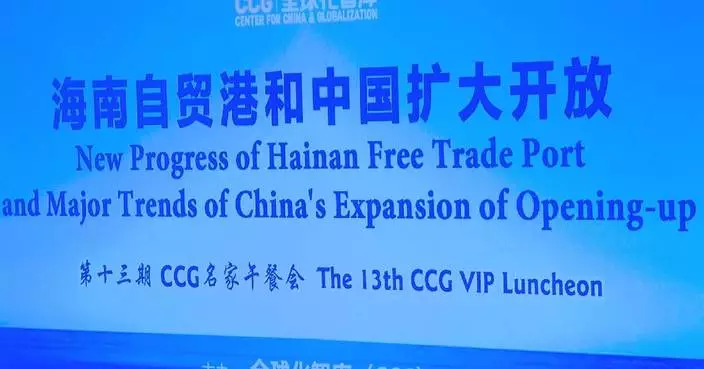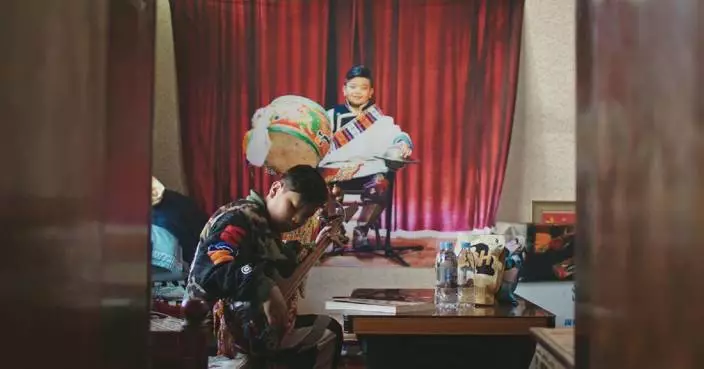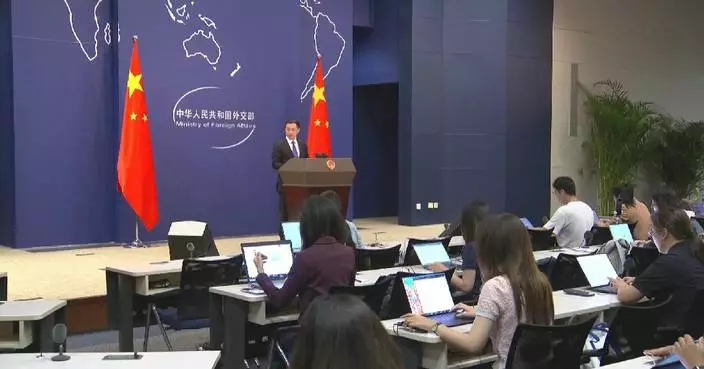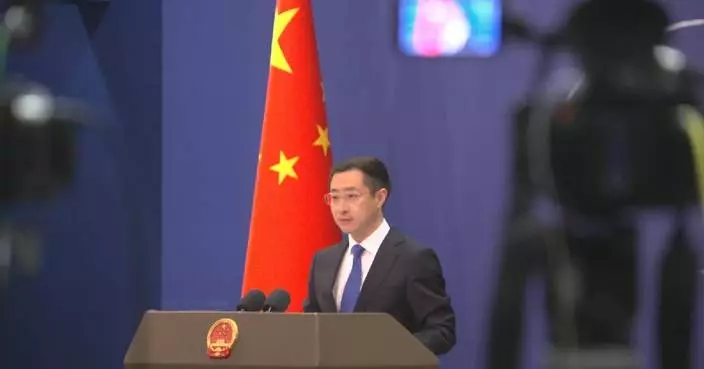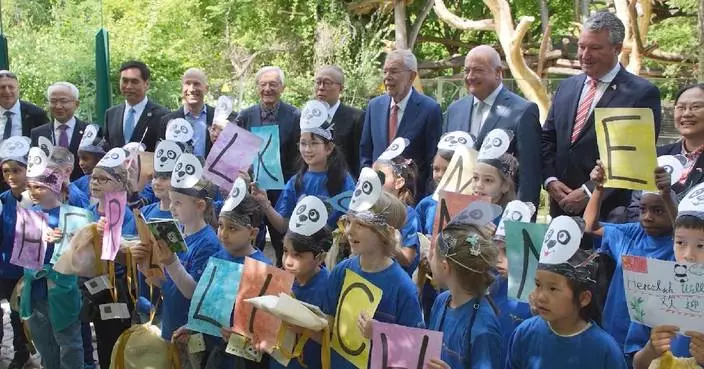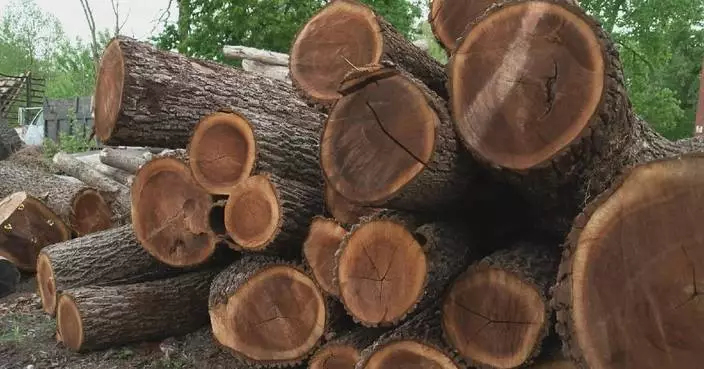China's winter sports equipment market is gaining momentum in expansion by focusing on green innovation and attracting international buyers.
This winter, companies in Qitaihe City in northeast China's Heilongjiang Province are ramping up their production to meet the growing demand for winter sports equipment.
They are investing in technological reforms and developing new products such as helmets and blade supports, with a particular emphasis on customized services.
For example, ice skates produced in the city are now using carbon fiber, which enhances both comfort and performance.
"Our customized skates are made of carbon fiber material, offering good fit and comfort," said Zhu Degui, a technical staff member from a local sports equipment enterprise.
In 2024, the recognition of Qitaihe's ice skate products in the international market was increased significantly.
The city has established partnerships with countries like Hungary, Russia, and Canada, selling over 30,000 pairs of winter sports equipment, marking a 10 percent increase from the previous year.
"We have built an ice and snow economic industrial park and introduced relevant enterprises. In the next step, we will take the 9th Asian Winter Games as an opportunity to help enterprises extend the industrial and supply chains, expand the market, and fully promote the rapid development of the ice and snow economy," said Li Shuning, director of Culture and Tourism Bureau of Taoshan District in the city.
In east China's Zhejiang Province, Ninghai County of Ningbo City also has a deep-rooted ski pole industry which has grwon significantly.
The town of Shenzhen in Ninghai is home to 34 ski pole manufacturers, producing over 15 million poles annually.
This accounts for 60 percent of the global market share, with products mainly exported to Europe and North America.
Data indicates that the town's sports rod industry generates over 920 million yuan (about 130 million U.S. dollars) annually, comprising more than 75 percent of the national total for similar products.
More than 90 percent of this value is derived from exports, primarily to the United States, Germany, France, and other European and American markets.
"After more than 20 years of development, our town has formed a complete industrial chain system to achieve a good trend of cluster development in the region," said Chen Yunsong, the town mayor.
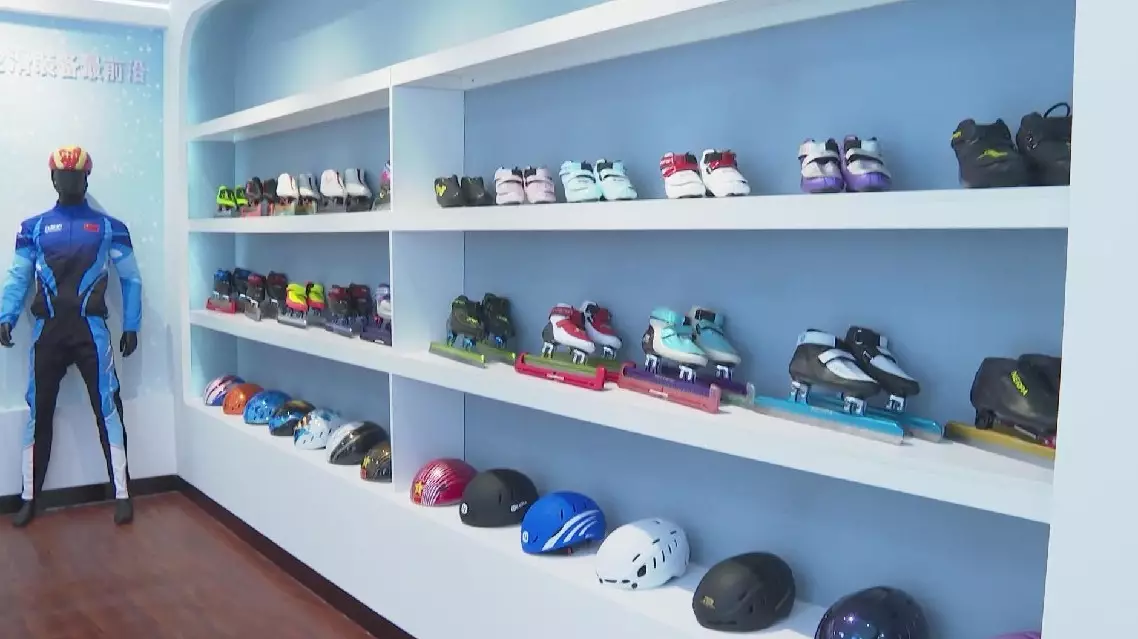
China's winter sports equipment experiences green innovation, market expansion



